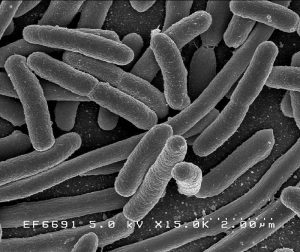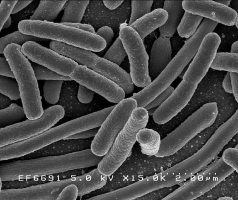In a report from the BBC, the world is on the verge of a “post-antibiotic era”, scientists have warned after finding bacteria resistant to drugs used when all other treatments have failed. Which means we’re down to the last antibiotic.
The scientists identified bacteria able to shrug off the drug of last resort – colistin – in patients and livestock in China. They predict that resistance will spread around the world and raised the spectre of untreatable infections.
Bacteria becoming completely resistant to treatment could plunge medicine back into the dark ages.
During a routine surveillance project on antimicrobial resistance in Escherichia coli from food animals in China, a major increase of colistin resistance was observed. The scientists reported the emergence of the first ever plasmid-mediated polymyxin resistance mechanism, MCR-1.
We’re down to the last antibiotic
The emergence of MCR-1 heralds the breach of the last group of antibiotics,

polymyxins. Although currently confined to China, MCR-1 is likely to emulate other global resistance mechanisms such as NDM-1 and spread. The findings emphasise the urgent need for coordinated global action in the fight against drug-resistant bacteria.
What’s next?
It’s a huge and terrifying prospect. A world without antibiotics will plunge us back into life before World War II.
Colloidal silver can only do so much although it is a powerful, natural antibiotic and preventative against infections. Acting as a catalyst, it reportedly disables the enzyme that one-celled bacteria, viruses and fungi need for their oxygen metabolism.
Researchers are currently looking at nanotechnology and gene therapy, immune boosting, antimicrobial peptides (AMPs) (Derived from animals, these typically act against bacteria cell walls), and training good bacteria to kill bad bacteria.
